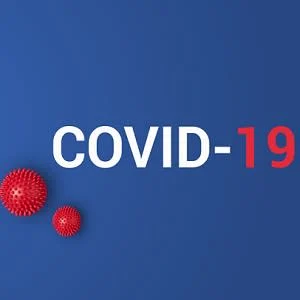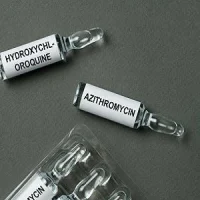In another COVID-19 special video presentation by the European Society of Cardiology, Prof. Alida Caforio of the University of Padova, Italy, answers some questions regarding COVID-19 and myocarditis.
Is there such a thing as COVID-19 myocarditis?
We have more than 300,000 subjects who have developed COVID-19, which is mainly pneumonia, which may be complicated in a minority of cases by severe hypoxia, needing a need for ICU mechanical ventilation, ARDS, and in a few cases ECMO. Arrhythmia is not a common feature of COVID-19. Negative predictors of death in COVID-19 include older ages, and cardiovascular and non cardiovascular comorbidities, for instance, previous coronary artery disease, as well as cardiac injury and defined by increased troponin and natriuretic peptides. However, these epidemiologic features do not actually fit well with the epidemiology of biopsy-proven myocarditis, because this is a common disease in the young and in children. It may occur in middle age, but it is rare in the elderly, and it is dominated by heart failure, arrhythmia, with or without troponin. Actually, there are many forms of biopsy-proven myocarditis, without troponin release. So far in the literature, we have three case reports of COVID-19 associated myocarditis, however these are clinically suspected cases, not biopsy-proven. And one case report autopsy actually found no myocarditis or heart issue. The hypothesis came from observations in the Chinese populations. In about 7% of patients, there was acute cardiac injury, and people thought that this might relate to myocarditis, but there was no evidence to suggest that this led them to histological changes in heart tissue, suggesting that actually, this infection does not impact the heart directly.
What is myocarditis, and what do we need to make a diagnosis of myocarditis?
Myocarditis is a difficult diagnosis. First of all, you need a plausible clinical presentation - acute chest pain, acute chronic or full heart failure, or an arrhythmia scenario that may be life-threatening up to sudden cardiac death. However, you need also in association to that fulfillment of diagnostic criteria from different categories: ECG with new or abnormal changes, presence or increased troponin, functional and structural abnormalities on cardiac imaging that may be new, otherwise unexplained, and tissue characterisation by CMR. However, clinically suspected myocarditis means presence of one or more of the clinical presentations and one or more of the diagnostic criteria from different categories, and even then, it is still a diagnosis of exclusion. You have to exclude other causes that might explain this scenario. First of all, of course, coronary artery disease and acute coronary syndrome, but also other causes such as pulmonary embolism. And that's why in the end, the diagnosis of certainty of myocarditis is based on endomyocardial biopsy. It is also important to use molecular methods PCR based methods to identify the genome of the possible viral agents. That is the only way to say that we have viral myocarditis, and so far, we don't have such evidence for COVID-19 myocarditis.
What it is then that there might cause to increase troponin in these patients. There is a hypothetical mechanism that you may have a cytokine storm. In that case, you may not have a direct effect of the virus in the heart but an indirect effect. What do you think about that?
There are several potential mechanisms to explain troponin elevation in COVID-19 patients. In general acute respiratory infections, and even community-based pneumonia, can give rise to troponin and this rise correlates with disease severity. A Type one MI due to plaque rupture which may be triggered by infection or Type 2 MI based on supply-demand inequity is a possibility. But either way, abnormal troponin is not equivalent to myocarditis, and it is not equivalent to acute MI.
What about treatment? What is your experience? Do you use any other antivirals or antibiotics or anything in these patients?
This is a very important question. As a matter of fact, all colleagues dealing with this terrible disease are sailing in uncharted seas. This disease goes through stages, and the first stage and the second stage are related to the viral response. The first stage is associated with flu-like symptoms. The second stage is the onset of pneumonia. Most colleagues believe that in this phase, steroids are contraindicated because it may actually reduce the clearance of the virus and facilitate the infection. The last stage that applies to only a minority of patients is a hyper inflammation phase. And possibly in this stage, one could foresee the usage of anti-cytokine inhibitor but there is still no data. And these days, the critical care guidelines on the treatment of critically ill patients adult patients with COVID-19 show that these drugs have weak recommendations and low-quality evidence.
In conclusion, the take-home message is that myocarditis is not a proven complication of COVID-19 and that the diagnosis of myocarditis and of its cause must be based on endomyocardial biopsy. Abnormal troponin level does not equate to myocarditis or myocardial infarction in COVID-19. Also, to date, there is no evidence-based treatment for COVID-19 complications, and there is a need for randomised controlled trials before any recommendations can be made.
Source: ESC
Image Credit: iStock
Latest Articles
myocarditis, COVID-19, #Coronavirusoutbreak, cardiovascular complications
Prof. Alida Caforio of University of Padova, Italy, talks about the cardiovascular complications in COVID-19, in particular, myocarditis.










